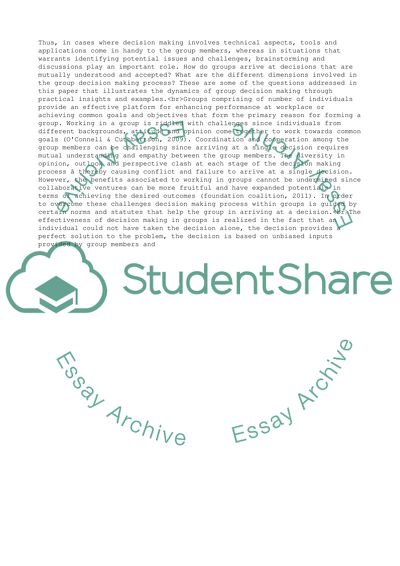Cite this document
(Group Decision Making Term Paper Example | Topics and Well Written Essays - 1750 words - 3, n.d.)
Group Decision Making Term Paper Example | Topics and Well Written Essays - 1750 words - 3. https://studentshare.org/management/1754283-group-decision-making
Group Decision Making Term Paper Example | Topics and Well Written Essays - 1750 words - 3. https://studentshare.org/management/1754283-group-decision-making
(Group Decision Making Term Paper Example | Topics and Well Written Essays - 1750 Words - 3)
Group Decision Making Term Paper Example | Topics and Well Written Essays - 1750 Words - 3. https://studentshare.org/management/1754283-group-decision-making.
Group Decision Making Term Paper Example | Topics and Well Written Essays - 1750 Words - 3. https://studentshare.org/management/1754283-group-decision-making.
“Group Decision Making Term Paper Example | Topics and Well Written Essays - 1750 Words - 3”. https://studentshare.org/management/1754283-group-decision-making.


